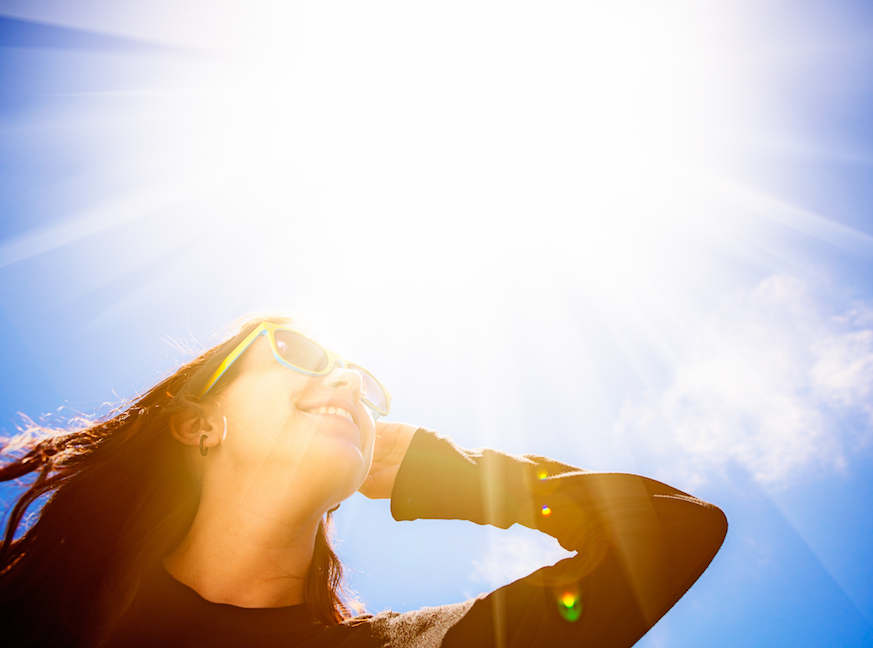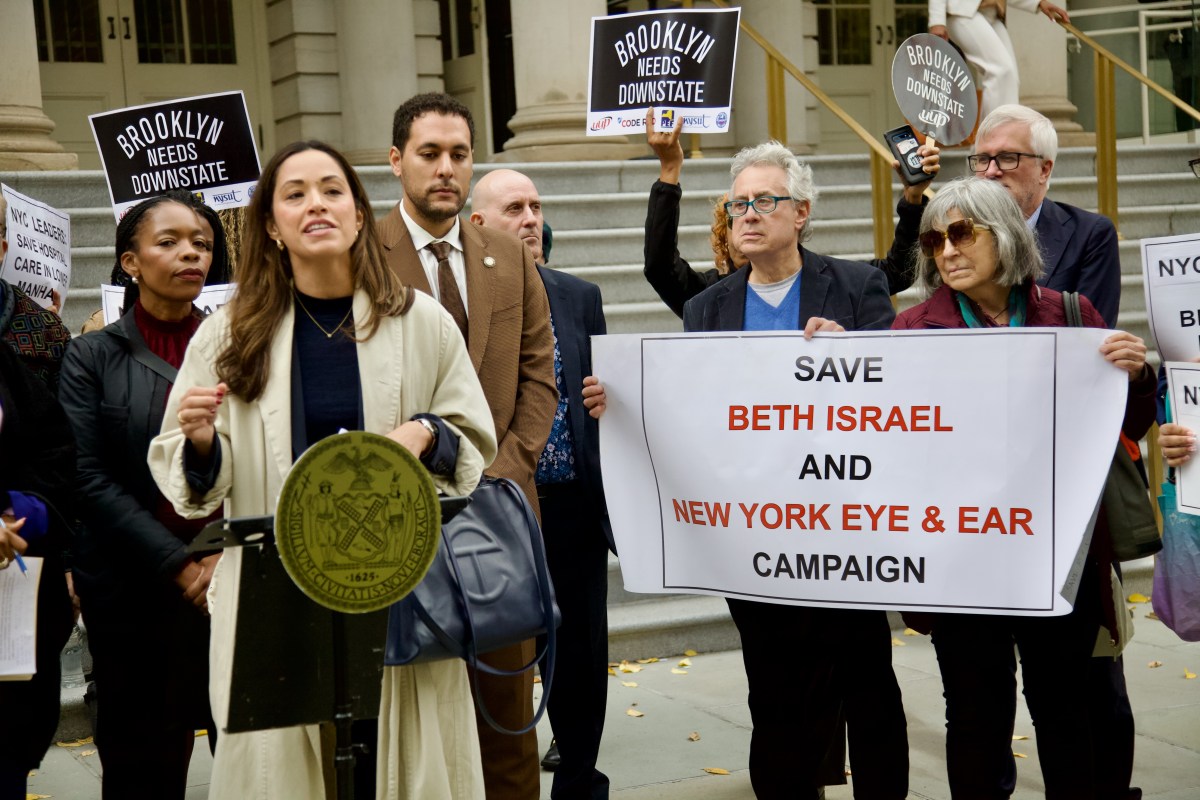For most of us in the Northeast, summertime means longer days and more exposure to the sun. Aside from burning the skin, too much exposure to ultraviolet radiation from the sun (and from some artificial sources) can lead to a number of skin cancers. We’ve long been advised to use sunblock daily on our faces (all year) and to take care of any other skin that’s exposed to the sun for any length of time. But few of us think of how the sun affects our eyes and the skin that protects them. According to the American Society of Opthalmic Plastic and Reconstructive Surgery, while the eyelids are small, they are the thinnest skin on our bodies, which leaves them particularly at risk. We talked with Dr. Harsha Reddy, ophthalmic plastic surgeon at the New York Eye and Ear Infirmary of Mount Sinai to find out more.
How common is eyelid cancer?
Eyelid cancer is much more common than most people think. While we don’t know the exact number of skin cancers affecting the eyelids, we know that the most common types of skin cancer — basal-cell carcinoma, squamous cell carcinoma, and melanoma — affect over 5 million people in the U.S. every year. The number of reported cancers is rising partly due to better detection but also because Americans are living longer and enjoying more active lives outdoors.
Why are eyelids vulnerable to cancer?
The eyelids are at risk for cancer because unlike other parts of the body, the face is usually uncovered and exposed to the sun’s harmful ultraviolet (UV) rays. Many people do not apply sunblock to the eyelid skin out of concern that it will get into their eyes. In addition, the eyelids have specialized glands and other structures that can develop particular types of cancers unrelated to sun damage- such tumors can mimic benign conditions such as styes or cysts.
What can be done to prevent it?
Sun protection, including UV-filtering sunglasses, sunblock and wide-brimmed hats are the best prevention against the most common types of skin cancers. It is important to use sun protection even on partly cloudy days because there is still UV radiation that can damage the eyelids. Regular eye exams can detect early skin cancers or precancerous lesions.
What are the risk factors?
Light-colored skin, older age, and time spent in the sun are the major risk factors for most eyelid cancers. In addition, patients who have undergone radiation, are immunosuppressed or have certain genetic conditions are at higher risk.
What are the symptoms?
Any new eyelid lesion or change in an eyelid lesion can be a symptom of eyelid cancer and should be evaluated by an ophthalmologist or oculoplastic surgeon. Some worrisome features of an eyelid lesion include ulceration, increase in size, change in pigment, or loss of eyelashes.
How is it treated?
Different eyelid cancers have different treatments, and a biopsy is often the first step to making the correct diagnosis and treatment plan. Many patients need surgery, although some need radiation treatment or even chemotherapy. Treatment is very important because untreated tumors can spread to the eyeball and result in decreased vision or even blindness. Tumors detected early can be treated more easily and effectively than those discovered at a later stage.





















